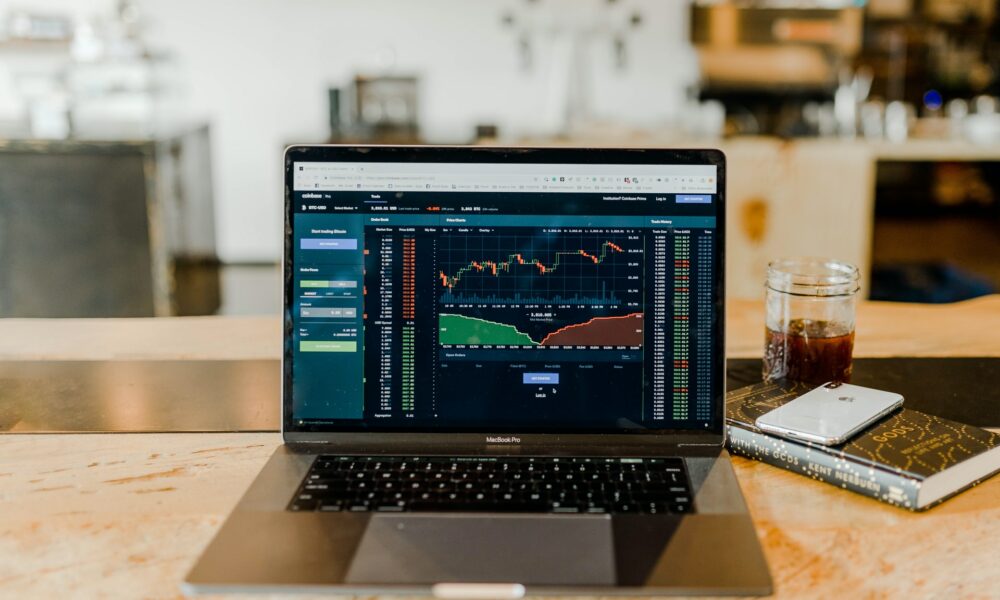
The data mining process involves a number of steps. The first three steps include data preparation, data Integration, Clustering, Classification, and Clustering. However, these steps are not exhaustive. There is often insufficient data to build a reliable mining model. This can lead to the need to redefine the problem and update the model following deployment. You may repeat these steps many times. Finally, you need a model which can provide accurate predictions and assist you in making informed business decisions.
Data preparation
Preparing raw data is essential to the quality and insight that it provides. Data preparation includes removing errors, standardizing formats and enriching the source data. These steps are essential to avoid biases caused by incomplete or inaccurate data. It is also possible to fix mistakes before and during processing. Data preparation can take a long time and require specialized tools. This article will address the pros and cons of data preparation, as well as its advantages.
It is crucial to prepare your data in order to ensure accurate results. It is important to perform the data preparation before you use it. This includes finding the data needed, understanding it, cleaning and converting it into a usable format. There are many steps involved in data preparation. You will need software and people to do it.
Data integration
Data integration is key to data mining. Data can be pulled from different sources and processed in different ways. The entire data mining process involves integrating this data and making it accessible in a unified view. Different communication sources include data cubes and flat files. Data fusion is the combination of various sources to create a single view. Redundancy and contradictions should not be allowed in the consolidated findings.
Before data can be integrated, it must first converted to a format that is suitable for the mining process. These data are cleaned using a variety of techniques such as clustering, regression, or binning. Normalization and aggregation are two other data transformation processes. Data reduction is the process of reducing the number records and attributes in order to create a single dataset. Sometimes, data can be replaced with nominal attributes. Data integration must be accurate and fast.

Clustering
Clustering algorithms should be able to handle large amounts of data. Clustering algorithms should be scalable, because otherwise, the results may be wrong or not comprehensible. Ideally, clusters should belong to a single group, but this is not always the case. A good algorithm can handle large and small data as well a wide range of formats and data types.
A cluster is an ordered collection of related objects such as people or places. Clustering, a data mining technique, is a way to group data based on similarities and differences. Clustering is not only useful for classification but also helps to determine the taxonomy or genes of plants. It can also be used for geospatial purposes, such mapping areas of identical land in an internet database. It can also be used for identifying house groups in a city based upon the type of house and its value.
Klasification
This is an important step in data mining that determines the model's effectiveness. This step can be applied in a variety of situations, including target marketing, medical diagnosis, and treatment effectiveness. This classifier can also help you locate stores. You need to look at a wide range of data sources and try out different classification algorithms to determine whether classification is the right one for you. Once you have identified the best classifier, you can create a model with it.
If a credit card company has many card holders, and they want to create profiles specifically for each class of customer, this is one example. To accomplish this, they've divided their card holders into two categories: good customers and bad customers. The classification process would then identify the characteristics of these classes. The training sets contain the data and attributes that have been assigned to customers for a particular class. The test set would then be the data that corresponds to the predicted values for each of the classes.
Overfitting
The likelihood of overfitting will depend on the number and shape of parameters as well as the degree of noise in the data set. Overfitting is more likely with small data sets than it is with large and noisy ones. The result, regardless of the cause, is the same. Overfitted models perform worse when working with new data than the originals and their coefficients decrease. These problems are common in data-mining and can be avoided by using additional data or decreasing the number of features.

When a model's prediction error falls below a specified threshold, it is called overfitting. A model is considered to be overfit if its parameters are too complex or its prediction precision falls below 50%. Overfitting also occurs when the learner makes predictions about noise, when the actual patterns should be predicted. In order to calculate accuracy, it is better to ignore noise. This could be an algorithm that predicts certain events but fails to predict them.
FAQ
Why Does Blockchain Technology Matter?
Blockchain technology has the potential to change everything from banking to healthcare. The blockchain is basically a public ledger which records transactions across multiple computers. It was invented in 2008 by Satoshi Nakamoto, who published his white paper describing the concept. Since then, the blockchain has gained popularity among developers and entrepreneurs because it offers a secure system for recording data.
What is an ICO, and why should you care?
An initial coin offering (ICO) is similar to an IPO, except that it involves a startup rather than a publicly traded corporation. A startup can sell tokens to investors to raise funds to fund its project. These tokens can be used to purchase ownership shares in the company. They're often sold at discounted prices, giving early investors a chance to make huge profits.
When should I purchase cryptocurrency?
If you want to invest in cryptocurrencies, then now would be a great time to do so. Bitcoin's value has risen from just $1,000 per coin to close to $20,000 today. This means that buying one bitcoin costs around $19,000. The total market cap for all cryptocurrency is around $200 billion. The cost of investing in cryptocurrency is still low compared to other investments such as bonds and stocks.
Is Bitcoin Legal?
Yes! All 50 states recognize bitcoins as legal tender. However, there are laws in some states that limit the number of bitcoins you can have. For more information about your state's ability to have bitcoins worth over $10,000, please consult the attorney general.
How To Get Started Investing In Cryptocurrencies?
There are many ways you can invest in cryptocurrencies. Some people prefer to use exchanges, while others prefer to trade directly on online forums. Either way, it is crucial to understand the workings of these platforms before you invest.
Statistics
- For example, you may have to pay 5% of the transaction amount when you make a cash advance. (forbes.com)
- As Bitcoin has seen as much as a 100 million% ROI over the last several years, and it has beat out all other assets, including gold, stocks, and oil, in year-to-date returns suggests that it is worth it. (primexbt.com)
- This is on top of any fees that your crypto exchange or brokerage may charge; these can run up to 5% themselves, meaning you might lose 10% of your crypto purchase to fees. (forbes.com)
- Something that drops by 50% is not suitable for anything but speculation.” (forbes.com)
- In February 2021,SQ).the firm disclosed that Bitcoin made up around 5% of the cash on its balance sheet. (forbes.com)
External Links
How To
How to get started investing in Cryptocurrencies
Crypto currencies, digital assets, use cryptography (specifically encryption), to regulate their generation as well as transactions. They provide security and anonymity. Satoshi Nakamoto invented Bitcoin in 2008, making it the first cryptocurrency. There have been many other cryptocurrencies that have been added to the market over time.
Some of the most widely used crypto currencies are bitcoin, ripple or litecoin. There are many factors that influence the success of cryptocurrency, such as its adoption rate (market capitalization), liquidity, transaction fees and speed of mining, volatility, ease, governance and governance.
There are many ways to invest in cryptocurrency. You can buy them from fiat money through exchanges such as Kraken, Coinbase, Bittrex and Kraken. You can also mine your own coins solo or in a group. You can also purchase tokens via ICOs.
Coinbase, one of the biggest online cryptocurrency platforms, is available. It allows users to buy, sell and store cryptocurrencies such as Bitcoin, Ethereum, Litecoin, Ripple, Stellar Lumens, Dash, Monero and Zcash. It allows users to fund their accounts with bank transfers or credit cards.
Kraken, another popular exchange platform, allows you to trade cryptocurrencies. You can trade against USD, EUR and GBP as well as CAD, JPY and AUD. However, some traders prefer to trade only against USD because they want to avoid fluctuations caused by the fluctuation of foreign currencies.
Bittrex is another popular exchange platform. It supports over 200 cryptocurrency and all users have free API access.
Binance, an exchange platform which was launched in 2017, is relatively new. It claims that it is the most popular exchange and has the highest growth rate. It currently trades volume of over $1B per day.
Etherium, a decentralized blockchain network, runs smart contracts. It relies upon a proof–of-work consensus mechanism in order to validate blocks and run apps.
In conclusion, cryptocurrencies do not have a central regulator. They are peer to peer networks that use decentralized consensus mechanism to verify and generate transactions.